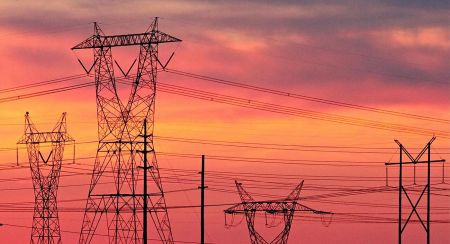In the past, electricity grids were simple pipes through which electricity flowed from the producer to consumers. They have however evolved gradually to become 'smart'. This has enabled them to solve the growing issue of managing the balance of the grid.
To put it simply, the amount of electricity fed into the grid by producers must always be equal to the amount of electricity taken out by consumers.If there is too great an imbalance, incidents such as power failures or, on a larger scale, a complete blackout could occur.
Managing the balance: an increasingly complex task
When electricity was only produced by traditional power plants, it was relatively simple to manage this balance. If electricity consumption varied, the volume of energy generated could be increased or reduced.
However, renewable energy sources are now playing an ever greater role in energy generation. Yet you can't ask the sun to shine at night or the wind to blow when you need it. In other words, these renewable energy sources are variable.
It's a bit like trying to keep the water level the same in a bath but with the plug pulled out and the tap running, and with someone suddenly pouring in a bucket of water.
What is the solution? Grids that can communicate
Smart grids are fitted with sensors that gather and transmit data . This information makes it possible to automatically adjust electricity flows.
Grid managers, who are located remotely, are informed of the situation in real time and can act immediately if there is a problem.
In addition, this grid can communicate with any smart meters and, for example, turn on consumers' home appliances automatically when there is a lot of electricity in the grid and prices are therefore lower.
Four features of smart grids
- Flexible: they make it easier to manage variations in generation and consumption better.
- Reliable: thanks to the information sent in real time and the remote management of the grid, the risk of power failures and incidents is reduced.
- Accessible: all the different sources of energy can be integrated into the grid and, thanks to interconnections between grids, consumers can also take advantage of renewable energy generated in large quantities in neighbouring countries when there isn't enough in Belgium.
- Savings: better management leads to reduced costs.
When will smart electricity grids be operational?
This technology is in its infancy. Significant investment will be required for it to reach its full potential. For example, it will probably take several more years to fit smart meters in all consumers' homes.
